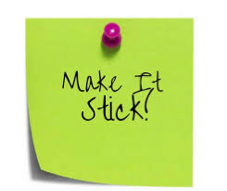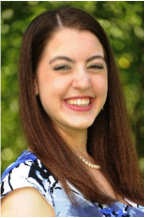Patient education is an integral part of all healthcare providers work. It is an important piece of empowering patients, improving patient/provider relations and improving outcomes. In this blog series, Shayna explores tips for effective patient education and the value this brings to patient care. This blog is part 1 of a 3 part series.
Ten Tips to Make Your Teaching Stick
1. Tell a story
Patients emotionally relate to narratives and will be more engaged.
2. Use multimedia tools
Multimedia education can capture a patient’s attention more so than traditional didactic methods.
3. Use multiple methodologies
Teaching the same material in different ways can accommodate a variety of learning styles. Incorporating visual, audio, and kinesthetic materials can reach patients in the way that they learn best.
4. Teach skills by example
Concrete examples connect patients to the material at hand.
5. Make education interactive
“Tell me and I forget, teach me and I may remember, involve me and I learn.” ― Benjamin Franklin.
6. Use teach-backs
For example, after completing a teaching on radiation side effects, a provider could utilize the teach-back method to confirm understanding. The provider could ask the patient, “Can you tell me some of the side effects of radiation?”
7. Provide feedback
Specific, immediate feedback helps the learner understand what they are doing well and where they have room to improve.
8. Include reminder and reinforcement strategies
If patients are taught a skill at one visit, the provider should have them demonstrate their technique at subsequent appointments to bolster their abilities.
9. Have multiple exposures over time
Learners will retain information better with repeated contact with the material rather than a single exposure.
10. Give patients decision aids
Decision aids (a tool that shows possible treatments, risks/benefits, costs to help in making a decision) increase patient confidence in managing their own symptoms.
Shayna Jacoby is pursuing a Master of Science in Nursing Administration from the University of Pennsylvania. She is completing her capstone course with OncoLink to learn firsthand about nursing leadership from the OncoLink team. Shayna has a professional interest in patient education and change management as well as a personal interest in art history.

